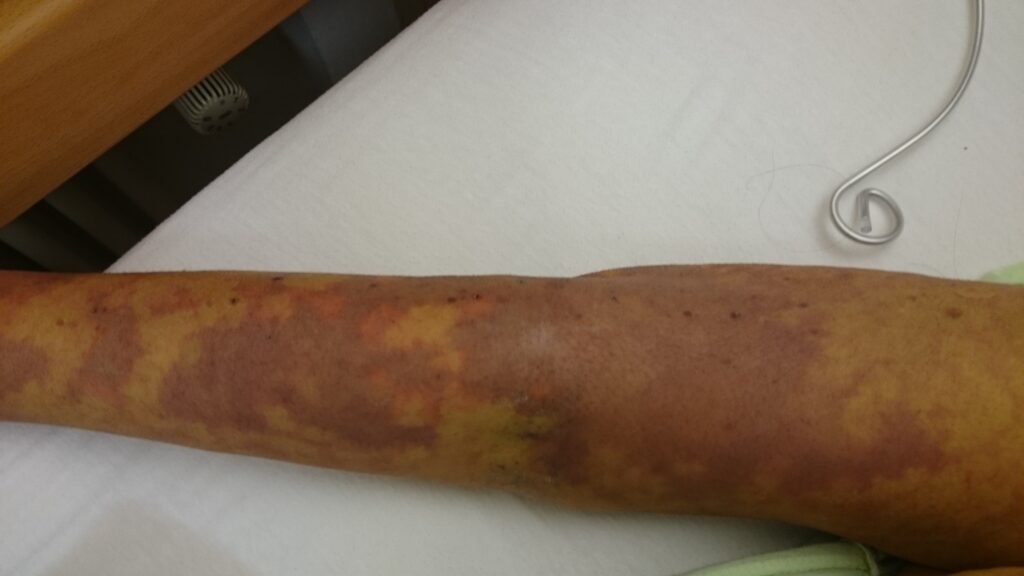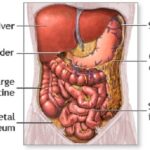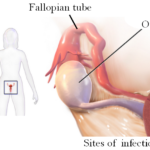Clostridium septicemia is a severe and often life-threatening bacterial infection caused by Clostridium species, primarily Clostridium perfringens, Clostridium septicum, and other related bacteria. These bacteria are anaerobic, meaning they thrive in environments without oxygen, and can cause various severe infections, including gas gangrene, bacteremia, and sepsis. The infection typically results from the entry of Clostridium bacteria into the bloodstream, leading to a cascade of pathological events that require immediate medical intervention.

The condition can progress rapidly, affecting multiple organs and leading to high mortality if not treated promptly. Understanding the causes, symptoms, and treatment options for Clostridium septicemia is crucial for improving patient outcomes and preventing complications.
Causes of Clostridium Septicemia
Clostridium species are naturally occurring bacteria that are commonly found in soil, human intestinal flora, and the gastrointestinal tract of animals. The infection can occur when these bacteria enter the bloodstream through open wounds, surgical procedures, or gastrointestinal perforation.
Primary Causes and Risk Factors:
- Trauma or Injury: Deep puncture wounds, particularly from contaminated objects, can introduce Clostridium bacteria into the body.
- Surgical Procedures: Contaminated surgical instruments or post-operative infections can introduce Clostridium bacteria into the bloodstream.
- Gastrointestinal Conditions: Conditions like bowel perforation, ischemic bowel disease, or diverticulitis provide a gateway for Clostridium to enter the bloodstream.
- Diabetes and Immunocompromised States: Individuals with diabetes, cancer, or immune system disorders are at higher risk due to compromised defenses against infection.
- Injection Drug Use: Use of non-sterile needles can introduce bacteria into the bloodstream, leading to septicemia.
- Chronic Vascular Diseases: Diseases like atherosclerosis and varicose veins can contribute to the development of septicemia by compromising the skin and tissues.
Symptoms of Clostridium Septicemia
Recognizing the signs and symptoms of Clostridium septicemia is critical for early diagnosis and treatment. The infection may present with a range of symptoms, which can progress quickly from mild to severe.
Early Symptoms:
- Fever and chills
- Rapid heart rate (tachycardia)
- Low blood pressure (hypotension)
- Fatigue and general weakness
- Abdominal pain, especially if gastrointestinal perforation is the cause
- Swelling and redness around a wound or surgical site
Advanced Symptoms:
- Rapid breathing (tachypnea)
- Confusion and altered mental status
- Severe organ dysfunction, including kidney failure
- Shock, which may result in multi-organ failure
- Tissue necrosis (death of tissue), especially in cases of gas gangrene
If not treated promptly, the infection can lead to septic shock, a medical emergency characterized by a significant drop in blood pressure, organ failure, and death.
Diagnosis of Clostridium Septicemia
The diagnosis of Clostridium septicemia requires a thorough clinical evaluation, laboratory testing, and imaging studies. Prompt diagnosis is essential to reduce the risk of severe complications.
Key Diagnostic Steps:
- Blood Cultures: Blood samples are taken to identify the specific Clostridium species causing the infection. This helps determine the appropriate antibiotics for treatment.
- Wound Culture: In cases where an infected wound is present, cultures of the wound drainage may be taken to identify the pathogen.
- Imaging Studies: X-rays, CT scans, or MRI scans may be used to identify areas of tissue necrosis or gas formation in the body, which is characteristic of gas gangrene caused by Clostridium perfringens.
- Clinical Signs: Medical professionals will assess the patient’s symptoms, including fever, hypotension, and tachycardia, to support the diagnosis of septicemia.
Treatment of Clostridium Septicemia
The treatment of Clostridium septicemia requires immediate intervention to prevent the infection from progressing to septic shock and multi-organ failure. The primary treatment modalities include antibiotic therapy, surgical debridement, and supportive care.
1. Antibiotic Therapy
- Broad-spectrum Antibiotics: Empiric therapy is often initiated with broad-spectrum antibiotics like penicillin or clindamycin. These antibiotics target the Clostridium bacteria and other potential pathogens until the specific bacterial strain is identified.
- Targeted Antibiotics: Once the exact pathogen is identified, more targeted antibiotics may be used to ensure effective treatment.
- Combination Therapy: In severe cases, a combination of antibiotics, including metronidazole, may be administered to enhance effectiveness against anaerobic bacteria.
2. Surgical Intervention
- Debridement of Necrotic Tissue: If gas gangrene or significant tissue necrosis is present, surgical debridement is essential to remove infected tissue and prevent further spread of the infection.
- Drainage of Abscesses: In cases of abscess formation, surgical drainage may be required to remove infected material and reduce bacterial load.
3. Supportive Care
- Fluid Resuscitation: To manage hypotension and prevent shock, intravenous fluids are administered to maintain blood pressure and ensure adequate perfusion of organs.
- Oxygen Therapy: Patients may require supplemental oxygen, particularly if respiratory distress or organ failure is present.
- Monitoring and Organ Support: Continuous monitoring of vital signs and organ function is essential, with support for kidney, liver, and cardiovascular function as needed.
Prevention of Clostridium Septicemia
Preventing Clostridium septicemia involves reducing the risk factors and implementing appropriate hygiene and medical practices. Some key prevention strategies include:
- Proper Wound Care: Cleaning and disinfecting wounds promptly, especially in high-risk situations such as trauma or surgical procedures, reduces the risk of infection.
- Vaccination: While there is no vaccine for Clostridium septicemia, vaccination for tetanus (caused by Clostridium tetani) may help reduce the risk of other Clostridium infections.
- Early Detection and Treatment of GI Disorders: Treating conditions like diverticulitis, gastrointestinal perforation, or bowel ischemia promptly can reduce the risk of Clostridium entering the bloodstream.
- Antibiotic Prophylaxis: In high-risk patients undergoing surgery, antibiotics may be given prophylactically to reduce the risk of Clostridium infection.
- Proper Sterilization in Medical Settings: Ensuring that all medical equipment and instruments are properly sterilized and that proper aseptic techniques are followed during surgery and wound care can prevent the introduction of Clostridium bacteria.

